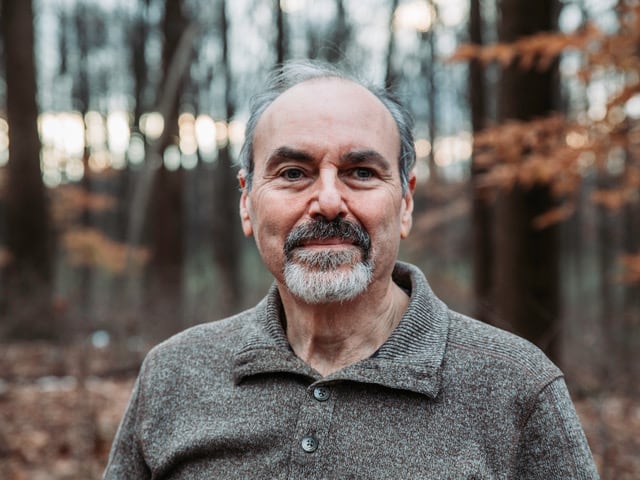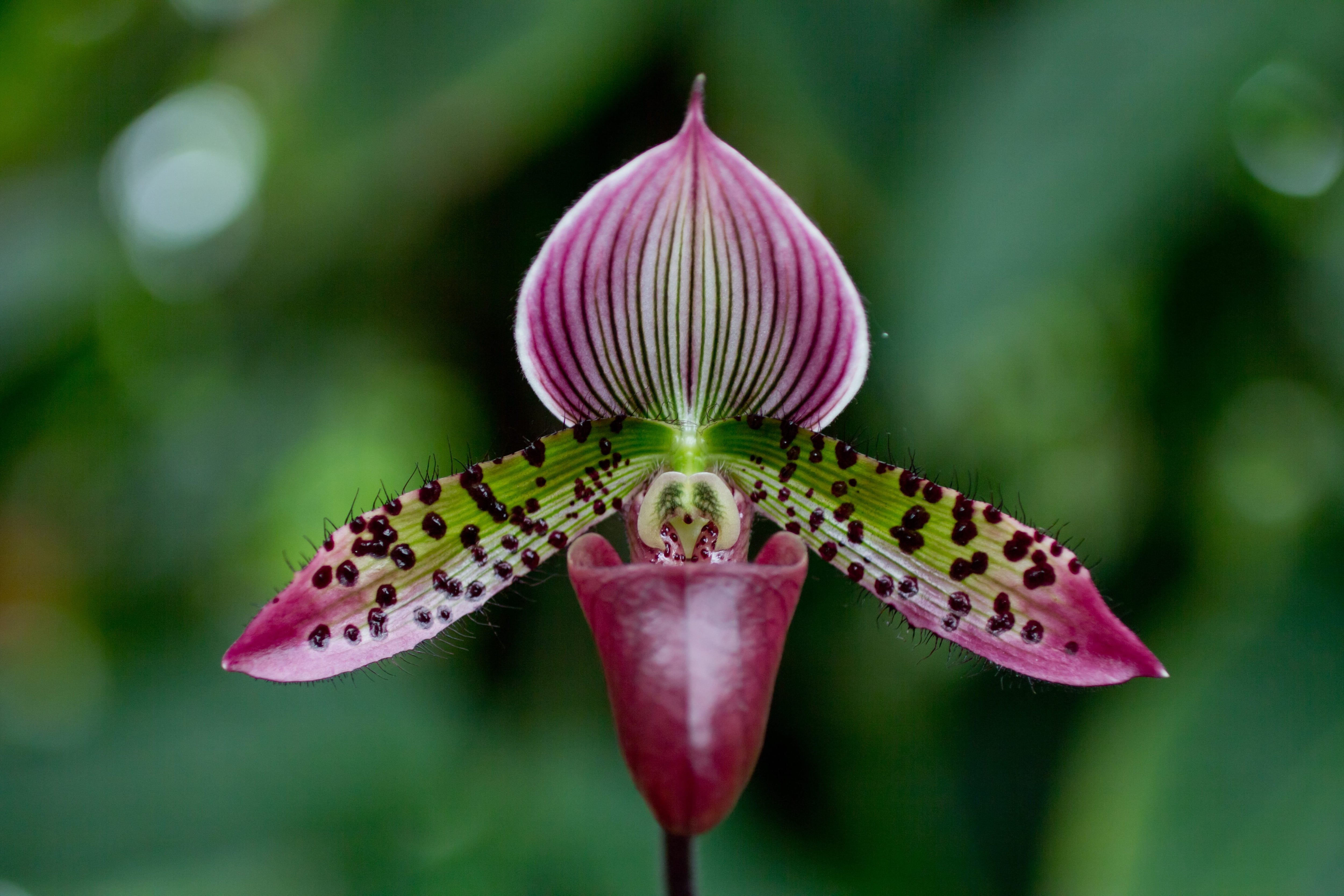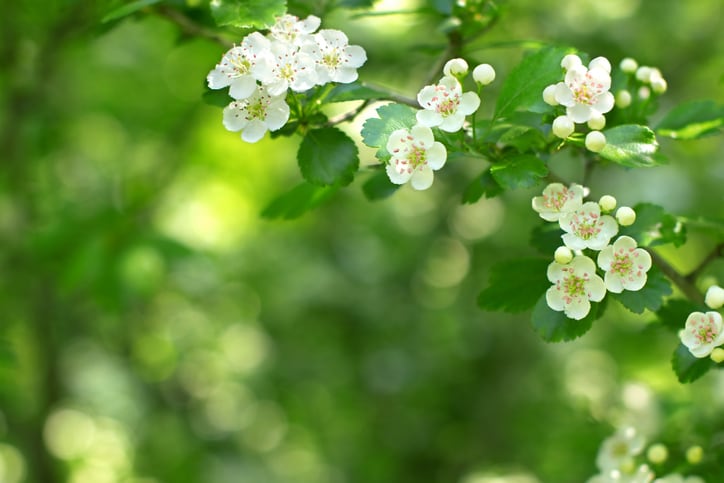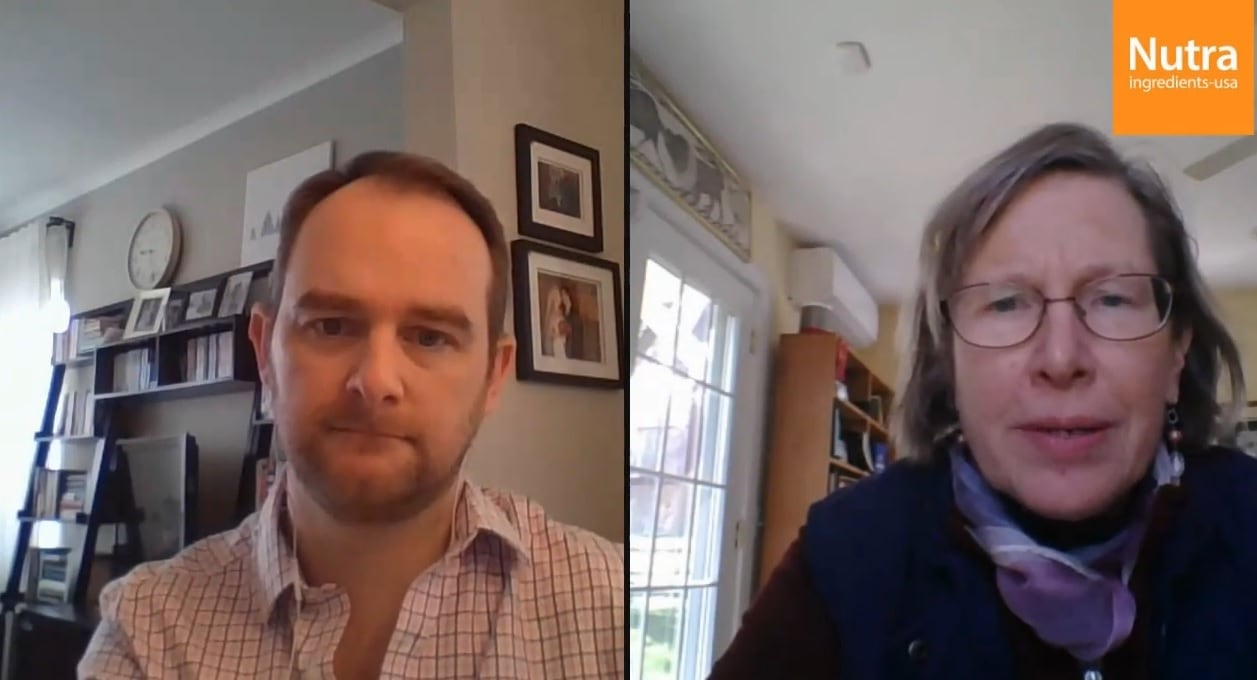“In the late 1960s, all my friends were interested in one herb (Cannabis), and I was interested in all the other ones,” he likes to say. “There was little in the way of good texts on the topic, no herb schools, few herbal products and significant problems with quality control, botanical identification and little research.”
‘A true renaissance of herbal medicine’
Flash forward 54 years, and Winston points to the exponential growth of high-quality herbal companies, schools, products, research and organizations.
“There has been a true renaissance of herbal medicine in the U.S., Canada, the UK, Australia and New Zealand, countries whose herbal traditions were in steep decline for most of the 20th century,” he said, noting that demand in China, India, Japan, Germany, Iran and South Korea has also expanded.
His own herbal library has grown into one of the largest in the U.S. with over 8,000 volumes, and the David Winston Center for Herbal Studies has trained thousands of students in the art and science of clinical herbal medicine since 1980. He was recently honored by the American Herbalists Guild for 32 years of service as chair and co-founder of the AHG Admissions Review Advisory Committee, alongside fellow longest-serving members Christopher Hobbs and Michael Tierra.
“David deserves tremendous credit for adding his energy, passion, wisdom and knowledge to helping grow the AHG with the many amazing professional members we have today,” Hobbs said. “He has held to the highest standards while encouraging us to invite and review herbalists from many different backgrounds, thus confirming our diversity, one of the guild’s greatest achievements.”
Even though the sophistication, ingenuity and availability of herbal products continues to expand and find favor in the public, Winston said that herbal medicine for the most part has not.
“What I mean by this is that Americans for generations are used to a medical system that treats diseases: Take this medication or herb for this disease or illness,” he said.

Word to the Western herb industry
In traditional herbal systems, healers focus on people rather than the disease, matching their energetics and symptom pictures to the energetics of the herbs used. They rarely prescribe individual, condition-specific herbs but find synergistic combinations that increase activity and efficacy.
“The western herb industry could benefit greatly from working closely with trained herbalists—still not that common a situation—who are trained in systems such as Traditional Chinese Medicine, Ayurveda, Unani-tibb, Kampo, Jamu and physiomedicalism,” said Winston, who is grounded in Chinese, Western/Eclectic and Southeastern American herbal traditions.
“The synergistic effect is why products formulated by herbalists are more effective than those formulated without proper training. There are many new products and new technologies, but in many cases the traditional forms of herbs (teas, tinctures, solid extracts, etc.) still work the best and produce the most impressive results.”
His company Herbalist & Alchemist, founded in 1982 and currently expanding to a larger facility in Washington, NJ, works with a core of about 300 herbs to produce full spectrum extracts through Spagyric alchemy to preserve mineral content. Formulas are rooted in basic combinations shown to be clinically effective for a specific condition—such as dandelion root, orange peel, angelica and artichoke for enhancing digestive function or ashwagandha, linden, milky oat, reishi and schisandra to balance stress.
Looking forward: scarcity and cultivation
Traditionally, herbs are harvested from the wild, but increased demand and the effects of climate change and habitat loss present sustainability and supply chain challenges in a changing landscape.
“Many once common herbs are no longer available in the marketplace or have become scarce, expensive or adulterated,” Winston said. “I believe organic cultivation is where we need to focus our attention. As herbs become more popular, wildcrafting many herbs is simply not sustainable.”
Some things to keep in mind: the difficulty of duplicating certain growing conditions found in the wild, the effects of pesticides, herbicides and fungicides on healing properties and the increasing complexity of ethical procurement.
Meanwhile, overharvesting continues to place herbs on sustainability watch lists. United Plant Savers, which promotes the preservation of native North American medicinal plants, lists elephant tree, false unicorn, lady’s slipper orchid, peyote, sandalwood, sundew, trillium and Venus flytrap as critically endangered and over 30 other plants at risk. Commercial cultivation of others like Rhodiola rosea, which was just added to the CITES listing of potentially endangered species, is expanding.
“If we can find ways to sustainably and successfully cultivate these herbs, we can continue to use them,” Winston said. “If not, we need to look for easily cultivable or aggressive weedy analogues that can take their place. Just like the industry stopped using lady’s slipper over the past 40 years, we need to carefully determine which plants can thrive naturally or with our help and which need our protection.”




